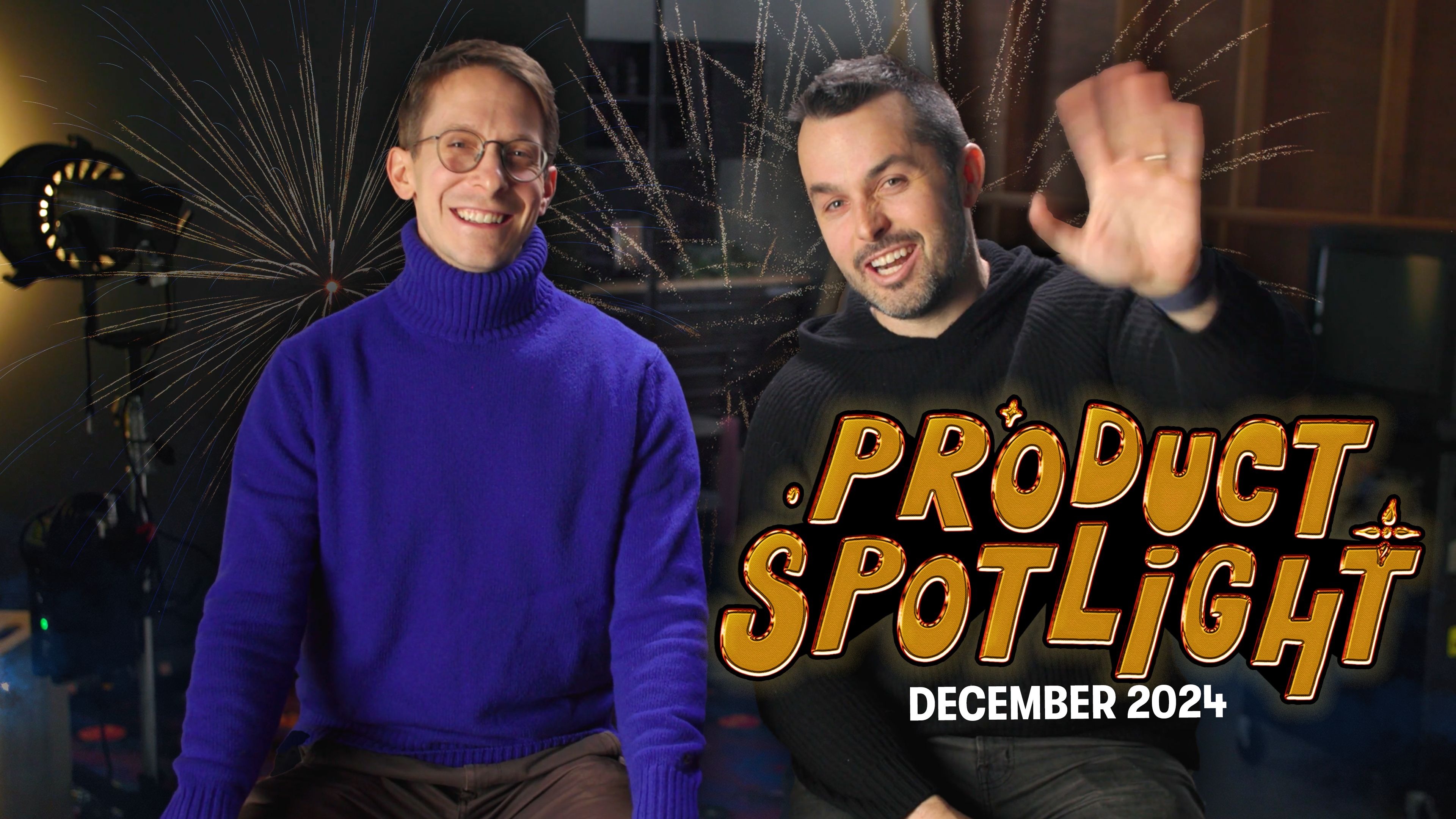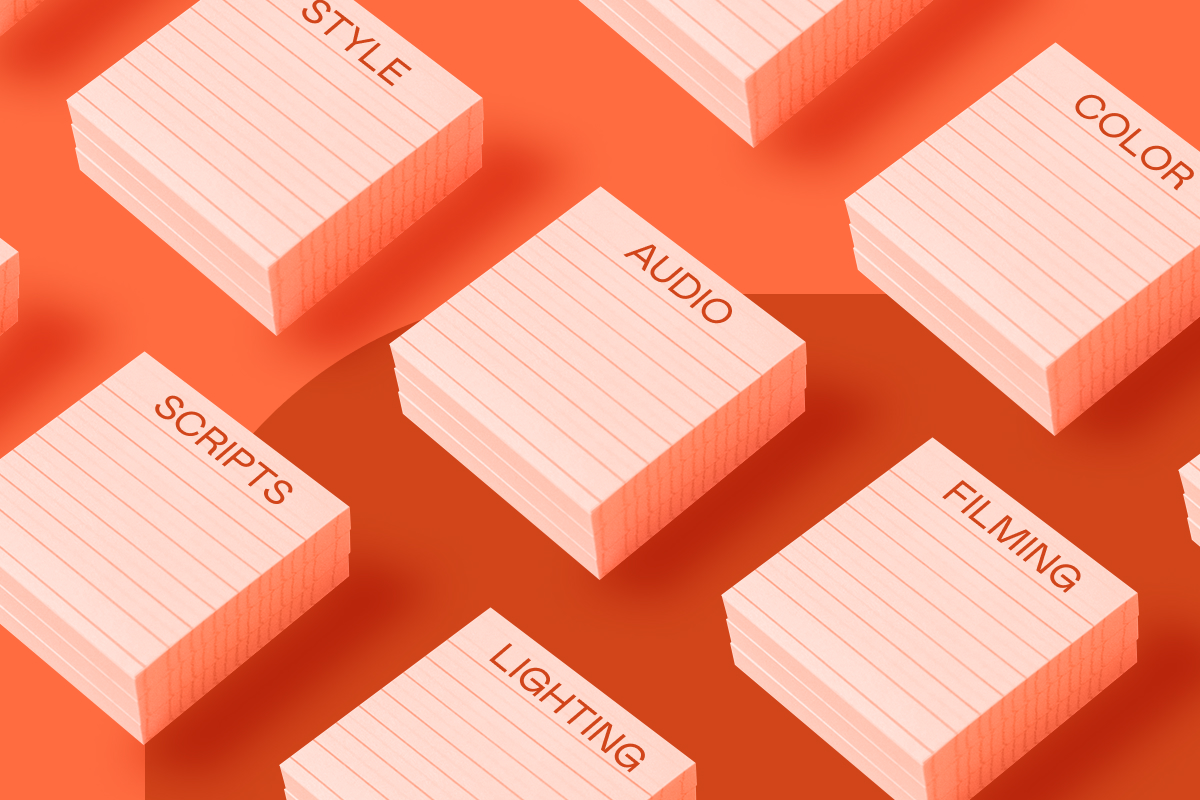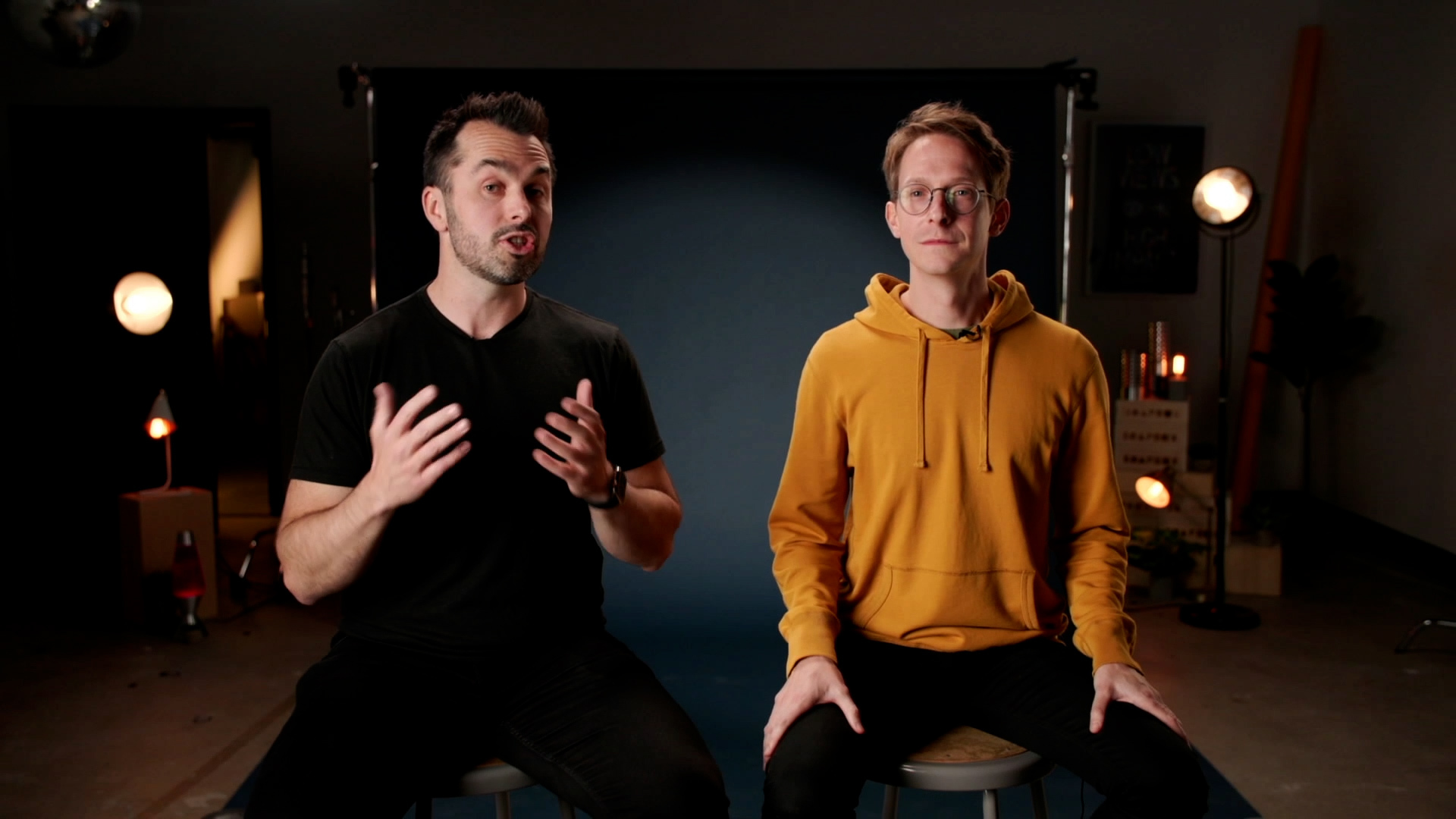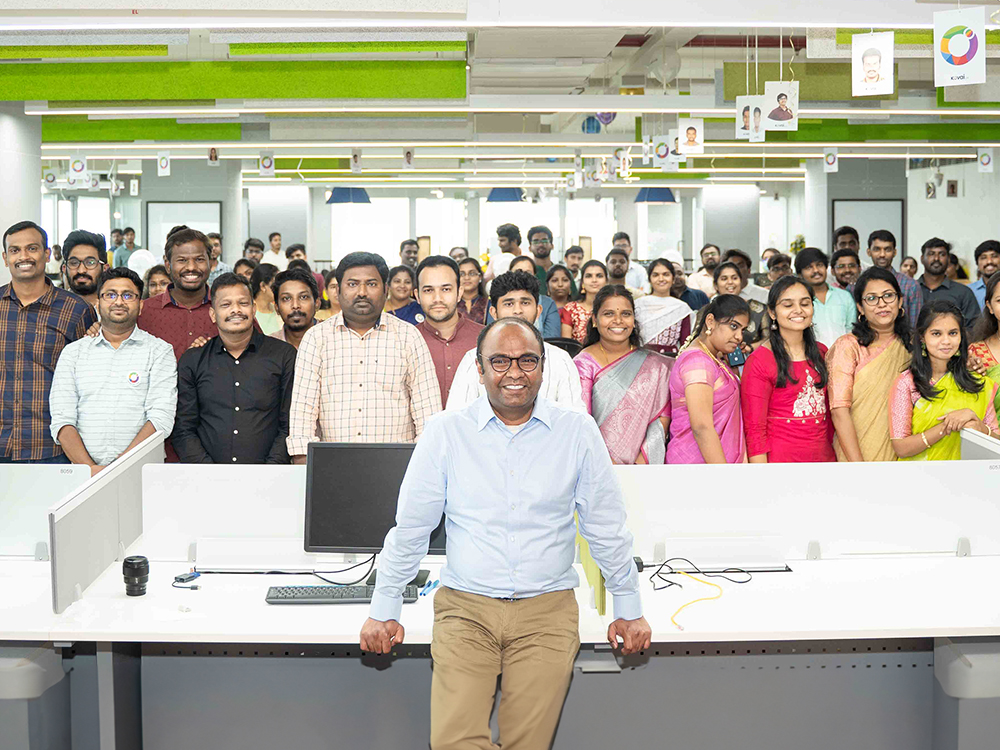Dressing for the Camera
November 9, 2017
Jenny Coppola
Creative
If the goal of your video is to engage your audience, your wardrobe choices should help you achieve that goal, not hold you back. When you look and feel great on camera, your audience will be able to focus on whatever it is you’re trying to communicate (instead of that wrinkled plaid shirt).
We chatted with Nicole Otchy, founder of NCO Style, and learned some tips that you can use to look your best on camera and create a polished brand video. Keep them in mind before your next shoot, and you’ll be looking snazzy in no time. Remember, regardless of what you wear, make sure you feel comfortable in your outfit, otherwise those pesky nerves tend to show through!
Wear jewel tones near your face
The colors near your face will either drain you of life or highlight your best features. There’s a palette of colors that look best on each of us and especially great on video. Ruby red, emerald green, and sapphire blue are highly saturated colors, so they don’t appear too bright or too muted against most backgrounds, and they look great with all different skin tones.
While pastels might look great on Easter eggs or adorable baby clothes, you’ll want to try to avoid these tones, as they tend to look lackluster on camera. Unless your pastels are layered with brighter solids, keep them out of your wardrobe rotation on days when you’re stepping in front of those bright lights.
Nicole Otchy:
Jewel tones have the right amount of saturation for all skin types and will prevent washing you out under harsh lighting. Pastels can make skin look gray and very bright colors (think neons) can make skin appear sallow.
Be careful with black
When it comes to wearing black on camera, Nicole suggests avoiding it altogether unless you plan on having your makeup done by a professional who can color correct for shadows on the face. She notes that “Wearing black on camera can make dark circles appear more pronounced, giving you a more tired look.”
“Wearing black on camera can make dark circles appear more pronounced, giving you a more tired look.”
If you really want to wear a dark color on camera, navy is generally a safer choice than black. But be warned: Dark clothes can have an aging effect on subjects, because they cast shadows on skin.
Pro tip:
Be sure to avoid wearing shirts that have visible logos, brand names, or loud text. These can be distracting for the viewer, so keep it brand-free! We learned this the hard way and ended up having to fix a shot in post-production by removing a logo.
Choose simple fabrics
Looking like a disco ball on camera is not always the best style to shoot for (but who are we to judge). Shiny fabrics, especially under bright lights, are usually less than flattering.
Thick cottons and matte fabrics, on the other hand, dampen shadows and can create a smoother body profile line.
Keep it modern
Another advantage of wearing solids is that your videos won’t look dated as quickly. That vintage pant suit you thrifted last week? Keep it in your closet. Rich, saturated colors never go out of style, so it’s best to keep it simple.
“Rich, saturated colors never go out of style, so it’s best to keep it simple.”
Pro tip:
Leave your statement pieces at home. Anything that references a specific time or place can make your video appear dated. If you want your video to stay relevant for years to come, try to keep your outfits simple.
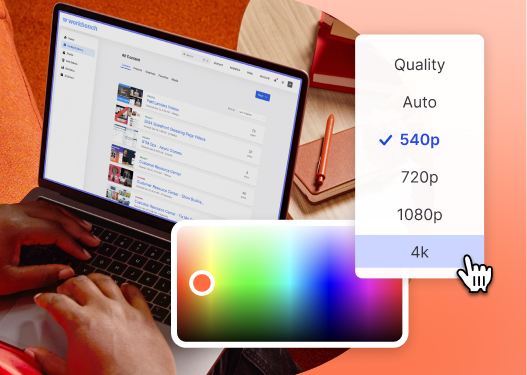
All-in-one Video Platform
Create, Edit, And Host Videos
Use patterns sparingly
Patterns that look great in person don’t always translate well on camera. Nicole points out how distracting patterns can be on camera. “Avoid small, busy prints (thinks paisley or small polka dots), which can look blurry on video.” Other patterns like pinstripes, chevron, plaid, and houndstooth are also difficult to see on video and can make your viewers dizzy.
If you’re feeling a little stifled by these wardrobe best practices, try adding some visual interest to your outfit with color. You can experiment by layering two jewel tones from the same color family on top of each other, or two colors that are complements.
Nicole Otchy:
Wear a plaid tie against a solid shirt and solid jacket, or a printed shell under a solid sweater or blazer, so the print acts as an accent and not the main event.
Choose your backdrop wisely
The color you shoot your videos against will impact how a color that you’re wearing translates on camera. Colors set against a white background will appear brighter, while colors set against a dark background will lose some of their intensity.
Nicole Otchy:
You always want to wear a color that contrasts with the background you’re against so that you stand out.
At Wistia, we like to stick with muted tones like gray or dark blue for our videos, unless of course the color of the background plays a significant role in telling the story.
With a mid-tone gray or blue backdrop, you’ll be able to take advantage of the widest range of wardrobe color options possible. Blue is a popular background color on television, because it’s kind next to all skin tones and plays well with other colors. Be sure to keep your lighting very soft if you do decide to use a white background.
“You always want to wear a color that contrasts with the background you’re against so that you stand out.”
All dressed up and ready to go
For many of us, appearing on camera can induce anxiety, but there’s no need to feel overwhelmed. A little wardrobe planning and mindfulness about the environment you’re shooting in can go a long way in helping you craft a look that projects the confidence and assurance needed to get your message across. Remember the above tips next time you’re in front of the camera, and you’ll feel the difference yourself!
Nicole Otchy is a Boston-based personal stylist and personal branding consultant. She works with professionals who represent their businesses to build dynamic wardrobes that represent their brand for television, public speaking, and other media appearances. You can find her on Twitter or Instagram.

